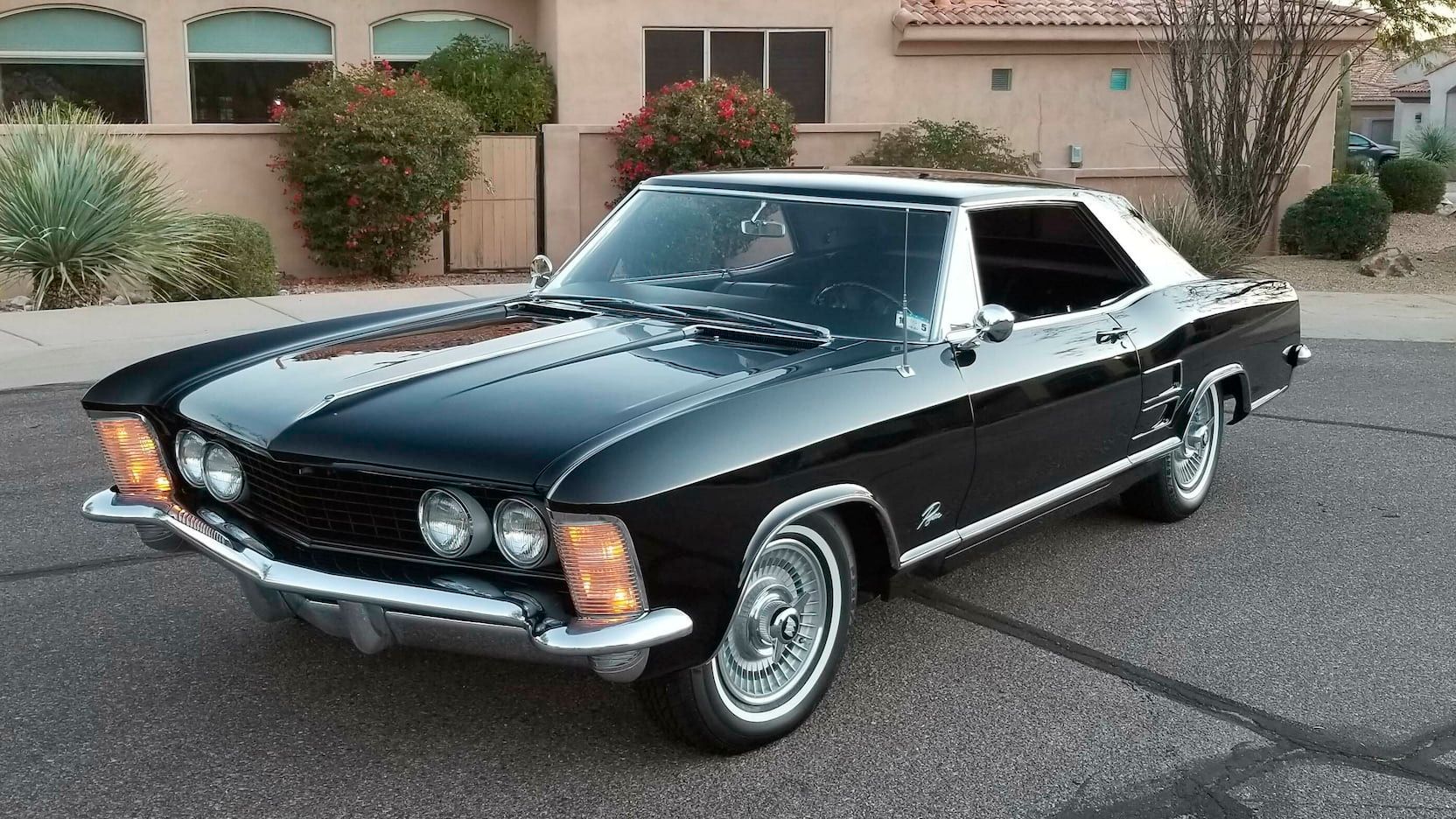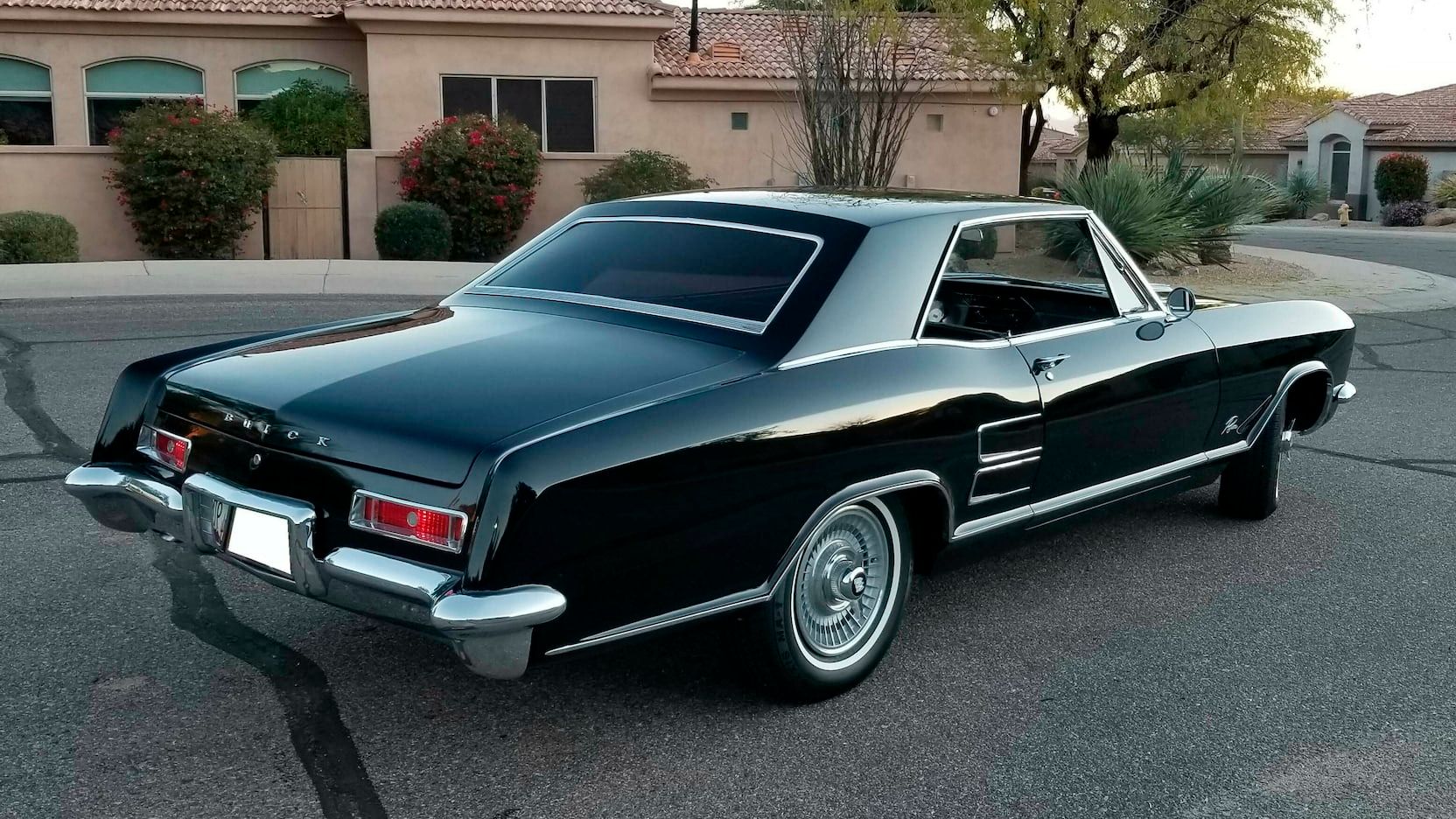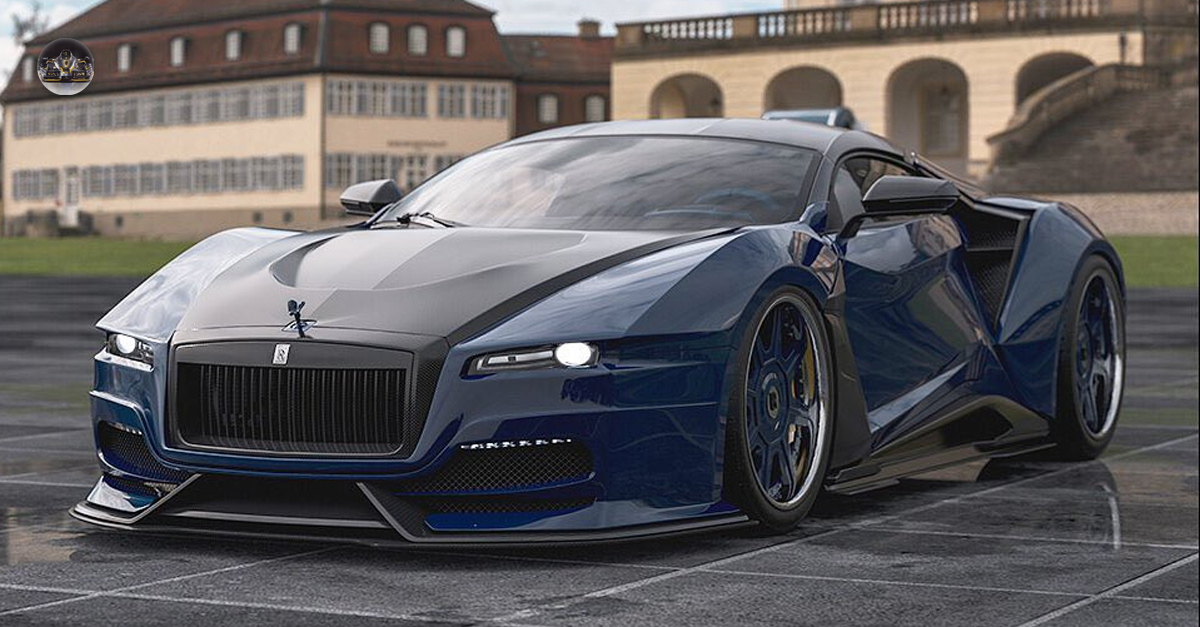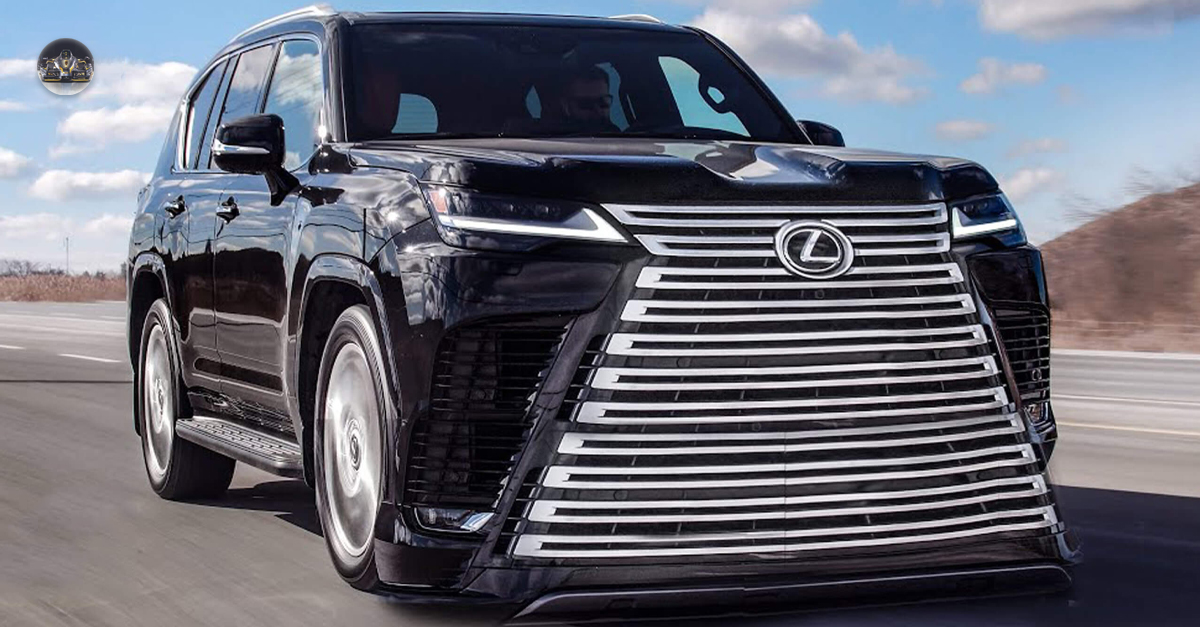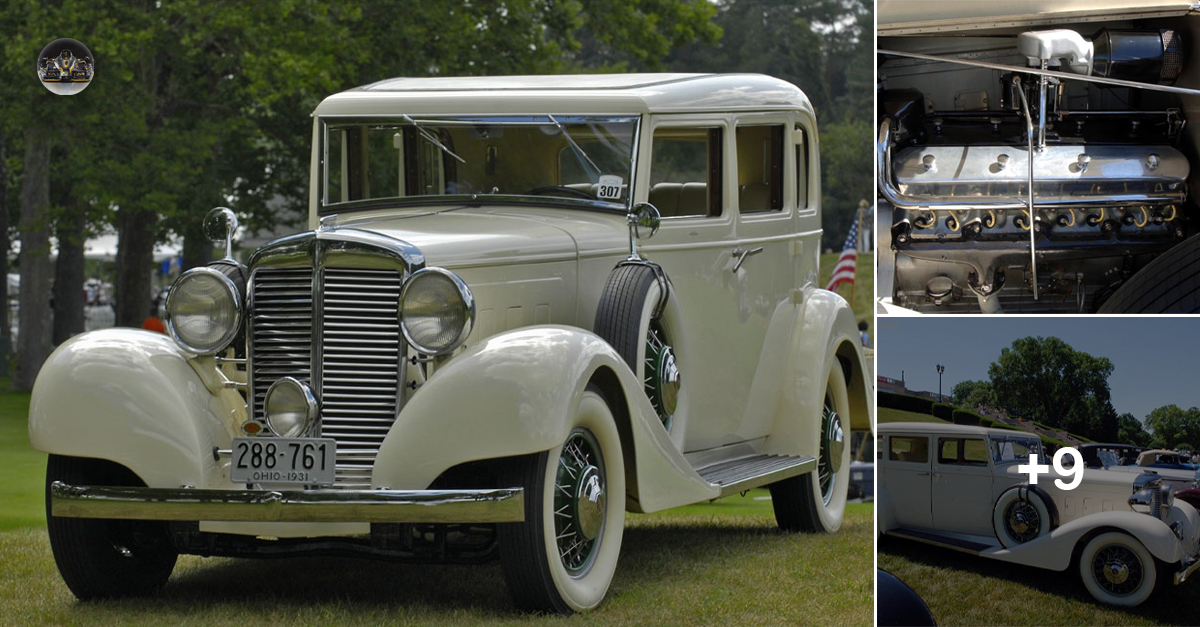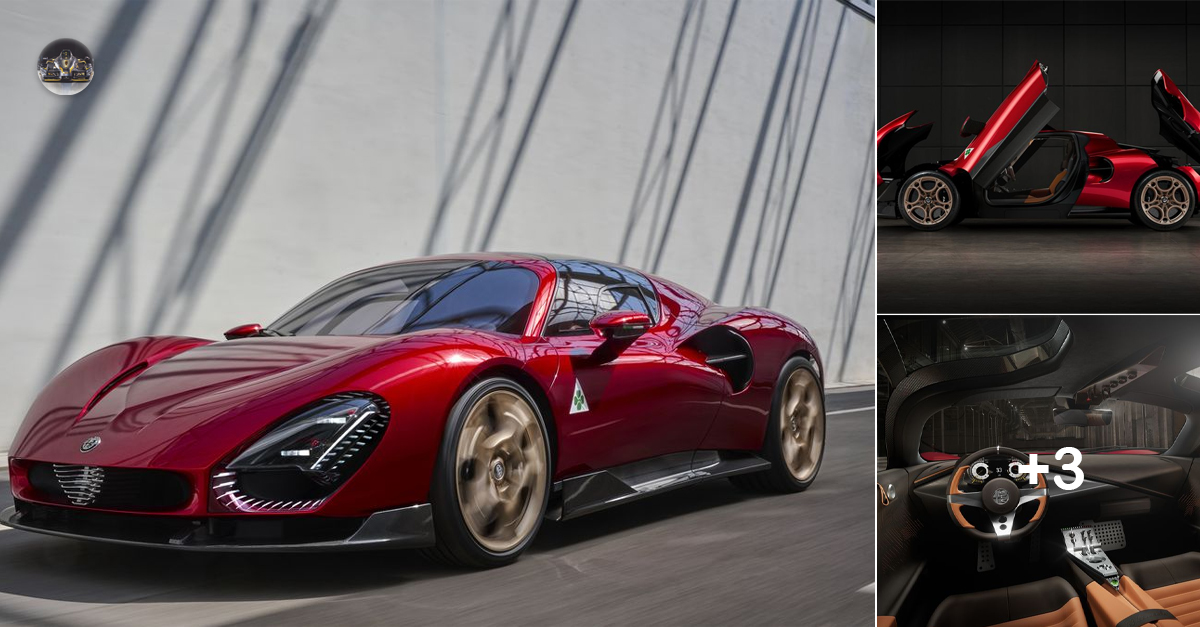The first-year model of the Buick Riviera was reasonably priced, but now, prices for the classic, muscular grand tourer are beginning to soar.
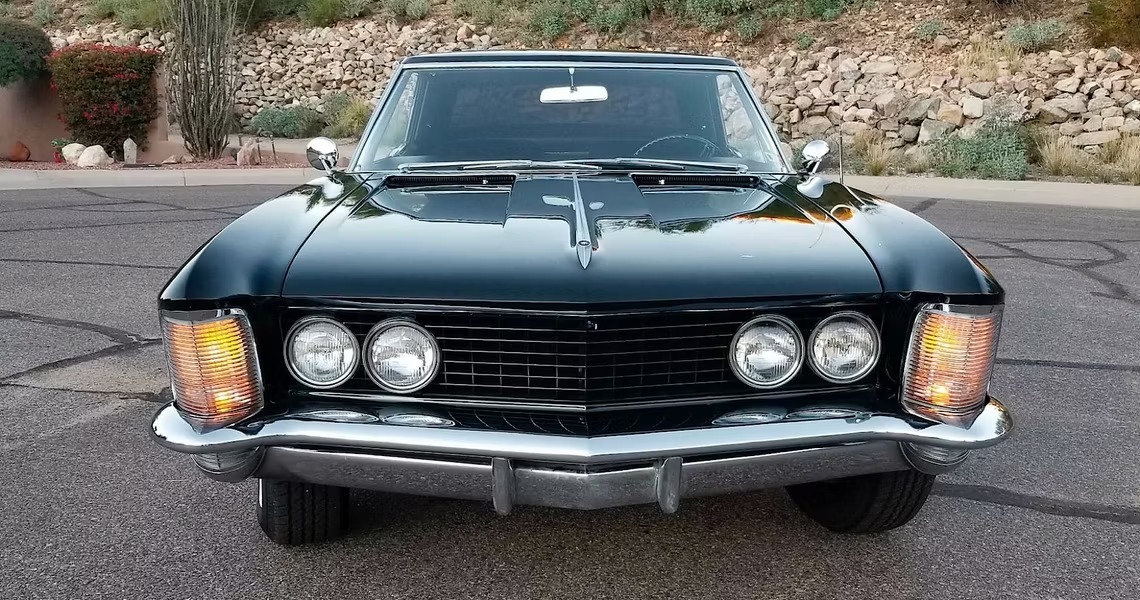
Although the 1963 Buick Riviera isn’t necessarily one of the most remembered classic cars of its era, it has always received praise for its slick styling, intestinal-rattling power, and strangely, its handling advantages over similar cars of the same size and vintage.
The Buick Riviera began prowling the asphalt over 60 years ago, after its initial release on October 4, 1962. This distinctive, sleek coupe represented an entire new level of American automotive design, penned at the hands of GM’s Bill Mitchell, the same man who styled the original, split-window Corvette Stingray. By this point in history, the way of the tail fin had long since passed, and domestic automakers were tirelessly scrambling to achieve fresh, cleaner designs to fill the void left by this absence. Bill Mitchell delivered on this premise, and it’s clear that this is just one of the many reasons why these cars are skyrocketing in value.
A Brief History Of The Buick Riviera’s Origins
The Buick Riviera was an utterly ballsy project, conceived as an entirely new venture for the luxury marque. Simply put, this car was the flagship model for the Buick lineup, aimed to combine performance and luxury within a much more personal package, at least compared to the hulking, leviathan sedans from Cadillac during this era. This entirely new focus on the idea of a “personal luxury car” can get traced back to the Ford Thunderbird, which by the early 1960s, had taken a stately presence as a large, luxurious coupe with ample seating, a plethora of options, and a distinctive presence that was easily distinguishable from more traditional luxury cars. Buick had sought to capture this essence, then reel it in for their own advantage, filling what could’ve been a large void on this particular sect of the market.
Buick’s answer to finding this niche came from legendary designer Bill Mitchell, who’d apparently garnished inspiration for the Riviera after visiting London and falling in love with one-off, coach built Rolls-Royce cars. Noting the sharper, angular characteristics of their design, Mitchell firmly believed that this same, basic sense of style could be easily transformed into an American coupe, despite the fact that domestic and European cars of the 1960s generally featured designs that were near polar opposites, both mechanically and aesthetically.
Nonetheless, Bill Mitchell was no stranger to penning one hell of an automotive masterpiece, Interestingly, the Riviera wasn’t even intended to become a Buick at all. Instead, the initial design studies and clay models got created with the intention of producing the car under the Cadillac moniker, the La Salle II. As the project began taking shape, General Motor’s other divisions (notably Buick, Oldsmobile, and Pontiac) all took a keen interest in this model and began tussling with the corporation’s big brass, ensuing in a small war over which brand would get the opportunity to manufacture the Riviera. To settle this scuffle, GM then offered a competition to its brands, declaring that each would have a 60-day period to demonstrate how they would market and sell this new model. At the end of the day, Buick would receive the honors, and a legend was born.
Why The 1963 Buick Riviera Is A True Classic
Immediately after its launch in late 1962, for the 1963 model year, the Riviera had been an instant success. In its first year alone, over 40,000 of the units sold, putting the sales figures exactly in line with what GM had projected for the initial production year. Although the 1963 Buick Riviera wasn’t necessarily a muscle car, at least in the traditional sense, it still packed enough dynamite under its hood to kick the tires and light the fires. A total of two engines got offered for this first model year, the 401ci and the 425ci. Variants of Buick’s Nailhead V8, rated at 330 hp and 340 hp, respectively. Even with a curb weight rated at a bloated, 4,170 lbs, the first Rivieras could still scramble from 0-60 mph in 8 seconds and conquer the quarter mile in 16 seconds flat. The Riviera was an American attempt at a proper, grand tourer. Two doors, V8 power, a plethora of luxury options, and enough hustle under the hood to get virtually anywhere in no time.
Despite the hefty weight of these cars, or likely because of which, keen attention was subsequently given into sorting out the Riviera’s chassis. Using selected bits from the vast General Motors parts bin, the Riviera’s engineers had sought to allow the car to sit much lower than the standards of the day had allotted. Not only did this simply look better, but this setup ultimately lowered its center of gravity while still offering a soft, comfortable ride for the occupants. In an interesting twist, these cars were widely regaled for their more responsible handling characteristics, not something taken lightly in terms of a two-ton, American behemoth of the early 1960s.
Why The 1963 Buick Riviera Is Increasing In Value
It’s fairly obvious that the classic car market is about as stable as trying to navigate a flying brick through a harrowing, winter squall. Prices change, they change fast, and almost always soar. As the world trudges onward into a new realm of EV transitions, more and more collectors seem to be targeting classics of virtually all eras and styles. The 1963 Buick Riviera is certainly not left out of this renewed interest, and for good reason. With its razor sharp design, big-block engines, and a range of standard options, these cars have always cultivated a soft spot in the hearts of classic car lovers.
Due to these factors, and many more, the prices continue climbing on these chiseled, 1960s coupes. Not very long ago, a 1963 Riviera in presentable condition could be had for well under $20k, but it seems that ship has sailed. As of this writing, prices on a decent 1963 Riviera will set you back closer to $30k, but it’s not unusual at all to see figures exceeding $50k on other available cars. On the higher end of the spectrum, one curious example customized by the legend, Gene Winfield, is currently demanding $200,000. Of course, this is something of an isolated incident, but it goes to show just how much a Buick Riviera can fetch.
Sources: Hemmings, Vintage Car Collector, DrivingLine, Muscle Car Club, Automobile Catalog, Classic Cars



